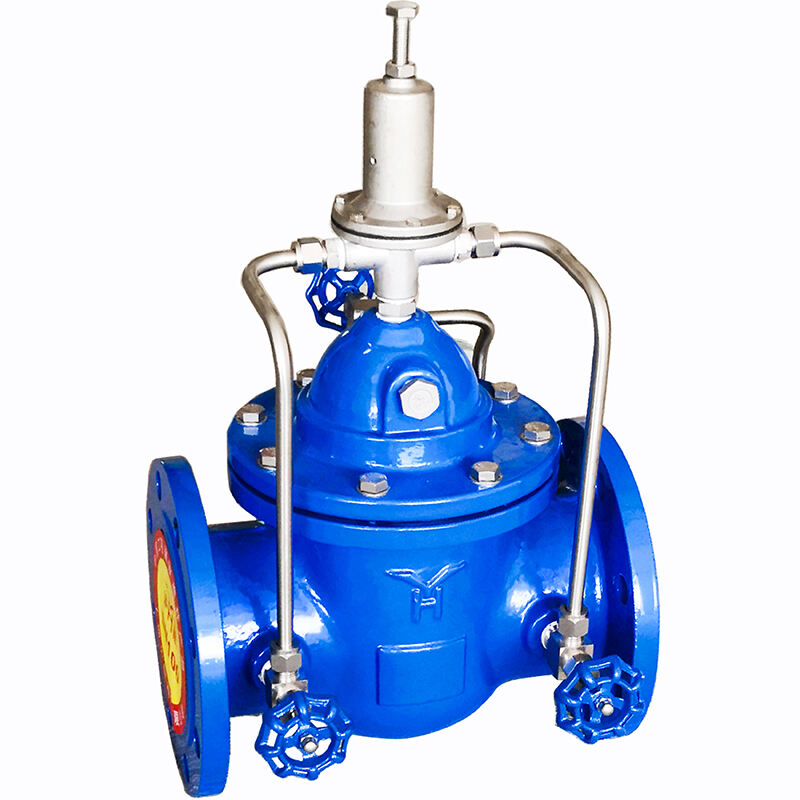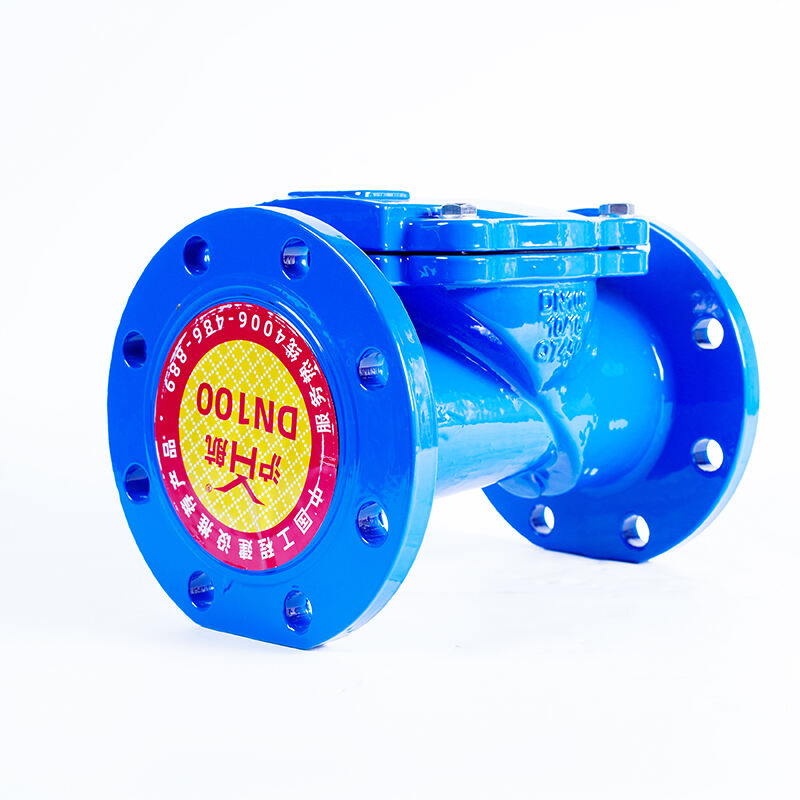Understanding the Critical Role of Pressure Control in Modern Industry
In today's sophisticated industrial landscape, maintaining precise control over system pressures is paramount for operational efficiency and safety. Pressure reducing valves serve as the cornerstone of pressure management across numerous industrial applications, protecting equipment and ensuring optimal process conditions. These essential components act as silent guardians, continuously monitoring and adjusting pressure levels to maintain stability in complex industrial systems.
The significance of pressure reducing valves extends far beyond simple pressure control. These devices represent a crucial investment in system longevity, operational safety, and process efficiency. By automatically reducing higher inlet pressures to lower, more manageable outlet pressures, these valves enable industrial operations to run smoothly while preventing potential damage to expensive equipment and infrastructure.
Core Industrial Applications and Benefits
Manufacturing and Processing Plants
Within manufacturing facilities, pressure reducing valves play a vital role in maintaining consistent pressure levels throughout production lines. These valves ensure that sensitive equipment receives the exact pressure required for optimal performance, whether in chemical processing, food production, or pharmaceutical manufacturing. For instance, in pharmaceutical production, precise pressure control is essential for maintaining the integrity of sterile processes and ensuring product quality.
The implementation of pressure reducing valves in manufacturing settings also contributes significantly to energy efficiency. By preventing excessive pressure in steam systems, these valves help reduce energy waste and minimize wear on equipment components. This translates to lower operational costs and extended equipment life spans, making them an invaluable asset in modern manufacturing facilities.
Water Distribution Networks
Municipal water systems rely heavily on pressure reducing valves to manage water pressure throughout distribution networks. These valves are strategically placed to create pressure zones, preventing excessive pressure in lower-elevation areas while ensuring adequate pressure reaches higher elevations. This careful pressure management helps prevent pipe bursts, reduces water loss, and extends infrastructure lifespan.
In large buildings and facilities, pressure reducing valves are essential for maintaining comfortable and safe water pressure levels at all floors. Without proper pressure regulation, lower floors might experience dangerously high pressures while upper floors suffer from insufficient flow. These valves ensure consistent water delivery throughout multi-story structures, enhancing user comfort and system reliability.

Specialized Applications in Critical Industries
Power Generation Facilities
In power plants, pressure reducing valves are crucial components in steam handling systems. They control steam pressure for various processes, from turbine operation to auxiliary systems. These valves must operate with exceptional precision and reliability, as any malfunction could impact power generation capacity or pose safety risks.
The application of pressure reducing valves in power generation extends to boiler feedwater systems, where maintaining specific pressure levels is essential for efficient heat transfer and system protection. Advanced pressure reducing valves in these settings often incorporate additional features such as temperature compensation and remote monitoring capabilities.
Oil and Gas Processing
The oil and gas industry relies extensively on pressure reducing valves throughout its operations. From wellhead pressure control to processing facility operations, these valves manage the flow of various fluids and gases under extreme conditions. They must withstand corrosive materials, high temperatures, and substantial pressure differentials while maintaining precise control.
In refineries and processing plants, pressure reducing valves help maintain safe operating conditions across numerous process streams. They protect sensitive catalysts, ensure proper separation processes, and maintain the integrity of storage systems. The selection of appropriate pressure reducing valves in these applications requires careful consideration of material compatibility, control accuracy, and safety requirements.
Emerging Trends and Technology Advancements
Smart Pressure Reducing Valves
The integration of smart technology with pressure reducing valves represents a significant advancement in industrial pressure control. Modern valves increasingly incorporate sensors, digital controls, and communication capabilities, enabling real-time monitoring and adjustment of pressure parameters. This evolution allows for predictive maintenance, improved efficiency, and better system optimization.
Industry 4.0 initiatives have further accelerated the development of intelligent pressure reducing valves. These advanced systems can now communicate with central control systems, provide detailed performance data, and automatically adjust to changing process conditions. This level of automation and control helps industries achieve higher efficiency levels while reducing operational risks.
Sustainable Design and Environmental Considerations
Environmental concerns have driven innovations in pressure reducing valve design, focusing on energy efficiency and sustainable operation. New valve designs minimize pressure drops and energy losses while maintaining precise control. Manufacturers are also developing valves with improved materials and sealing technologies to reduce emissions and extend service life.
The emphasis on sustainability has led to the development of pressure reducing valves that require less maintenance and consume fewer resources over their operational lifetime. These advancements not only benefit the environment but also contribute to reduced operational costs and improved system reliability.
Frequently Asked Questions
How Often Should Pressure Reducing Valves Be Maintained?
Regular maintenance intervals for pressure reducing valves typically depend on the application, operating conditions, and manufacturer recommendations. Generally, visual inspections should be conducted quarterly, while comprehensive maintenance, including internal inspection and parts replacement if necessary, should be performed annually. However, high-stress applications may require more frequent maintenance schedules.
What Factors Influence Pressure Reducing Valve Selection?
Key factors include the required pressure reduction ratio, flow rates, fluid properties, temperature conditions, and material compatibility. Additional considerations involve the system's control requirements, environmental conditions, maintenance accessibility, and safety standards. It's essential to consult with valve specialists to ensure proper selection for specific applications.
Can Pressure Reducing Valves Fail Open or Closed?
Pressure reducing valves can fail in either position, depending on their design and the nature of the failure. Most industrial valves are designed to fail in a safe position, typically closed, to prevent system damage. However, the specific failure mode should be considered during system design and valve selection to ensure safety and process integrity.

